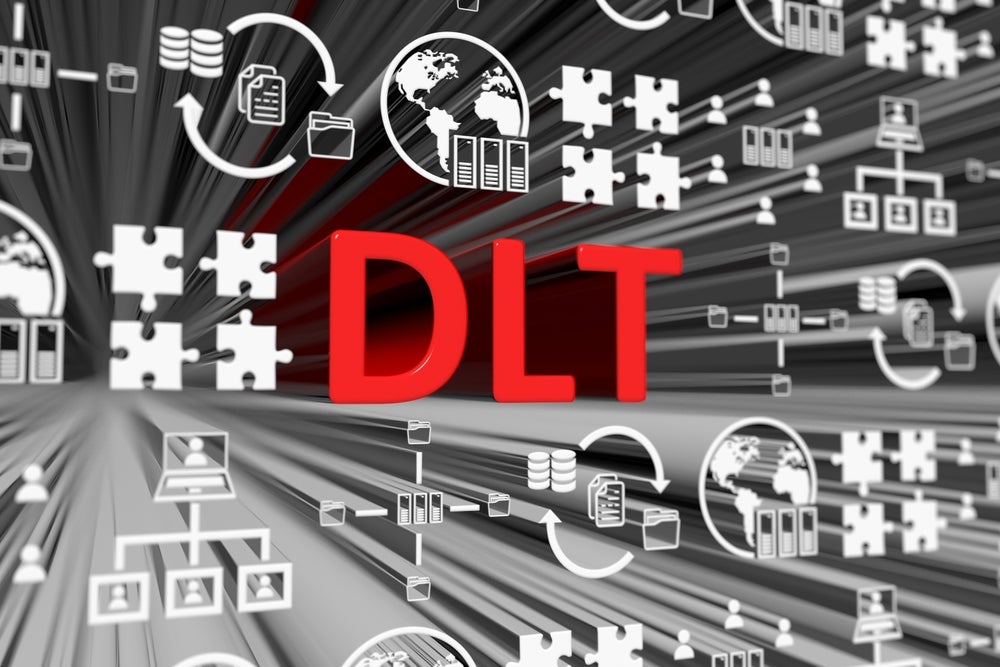
On 7 February, the Bank of England announced a formal consultation on potentially launching a “digital pound”. The consultation, which will end on 7 June 2023, is overseen by the joint Bank-HM Treasury CBDC Taskforce.
Atlantic Council says eleven countries have already launched their own central bank digital currencies (CBDC) while others, including the US, France and Germany, are working on developing one.
FIS’s Julia Demidova tells RBI that CBDC will be a major source of innovation with new payment and money features and functionalities.
CDBC, a new digital format of money and digital payment instrument issued by central banks, are again highly topical.
Why CBDC and why now?
Covid-19 and the war in Ukraine have upended years of financial stability. Governments scrambling for monetary policies seek to improve competition and digitalisation in the banking sector. State officials see digital currencies as a tool to combat fraud and financial exclusion.
The earlier emergence of cryptocurrencies – their value determined by supply and demand – has further prompted states to launch their own digital currencies.
How well do you really know your competitors?
Access the most comprehensive Company Profiles on the market, powered by GlobalData. Save hours of research. Gain competitive edge.

Thank you!
Your download email will arrive shortly
Not ready to buy yet? Download a free sample
We are confident about the unique quality of our Company Profiles. However, we want you to make the most beneficial decision for your business, so we offer a free sample that you can download by submitting the below form
By GlobalDataDemidova tells RBI: “We have seen governments, central banks and other institutions looking to regulate unregulated digital assets proactively.”
Demidova from FIS reminds people that CBDC is not cryptocurrency. It will be a digital form of cash, issued by central bank and liability of the central bank.
“Nations are accelerating CBDC developments. CBDC access could be extended, meaning multinationals, non-residents, or even foreign governments could hold CBDC. We saw China extend e-CNY wallets with around 360 million users/wallet downloads. Other central banks are also considering accelerating the efforts to launch a CBDC.”
Demidova says there will be different configurations of CBDC around the world.
“Most agree CBDC will be a direct claim on the central bank, fully fungible and exchanged on par with other forms of fiat and commercial bank money
“We see two forms of money in the ecosystem: central bank-issued and commercial bank-issued money.”
Where does FIS fit into all of this?
FIS is a fintech company seeking to enable nations to become “digital first, real-time economies”. In the context of CBDC, it has researched digital currencies and led discussions with central banks.
Demidova tells RBI central bank officials have shown interest in payment modernisation programmes and strategies to upgrade mission-critical national infrastructure.
“There’s a need to stay ahead of the latest trends and innovation, including the evolution of real-time payments and the growing role of digital assets, including CBDCs.”
However, Demidova notes there are still questions left about what the future payment ecosystem could look like.
Can digital currencies improve central bank liquidity and tame inflation?
Julia Demidova warns some central banks are “considering imposing limits or tiered negative remuneration, which may stifle innovation and prevent larger adoption” of CBDC. She stands for preserving the role of commercial banks in handling CBDC.
“Some central banks have concerns about the risk of bank disintermediation, which can be managed as part of the CBDC design.
“FIS has designed a prototype that solves the fractional banking issue without imposing limits or tiered negative remuneration by adopting a multi-ledger, two-tier dual CBDC (M0)/digital regulated money (M1) approach”, Demidova continues.
“With this approach, end users have shared hierarchical accounts or wallets with their bank or PSP and could hold M0 CBDC up to a certain cap set by the central bank
“Central banks will issue M0 CBDC and distribute this to banks or PSPs who would, in turn, be able to issue digital regulated money. Should an individual receive a CBDC payment beyond the cap, the M0 would be automatically converted into M1 digital regulated money of the account or wallet provider. This could solve the risk of bank disintermediation by not crowding out bank deposits”, she explains.
CBDC: impact on the business structure and strategy of payment platforms
Demidova says FIS will need to update its existing payments system and banking platform to accept CBDCs once central banks launch them.
“CBDC also needs to be interoperable and integrated with the existing payment system like a2a, RTGS, core banking platforms, etc. We are working on several proofs of concept, examining various interoperability options – all designed and built with an ‘API first’ model.”
In August 2022, FIS launched a Virtual Lab to allow central banks, banks and other participants to try out a production DLT enterprise-grade digital money platform. Demidova says the participants can use the connected ecosystem to explore the use cases and design options.
“Today at FIS, we provide central infrastructure, mission-critical national infrastructure to central banks, banks and other public and private sector institutions globally. CBDC is an extension of that”, says Demidova from FIS.
CBDC and the use of private data
Central banks worldwide are looking into blockchain to pave the emergence of digital currencies.
The global blockchain revenue will grow from $4bn in 2020 to $199bn in 2030, according to GlobalData’s “Innovation in Payments: Blockchain” report published in August 2022.
Blockchain technology improves data transparency and monitoring, encouraging developers to contribute to the blockchain sector.
“Unlike other payment systems, CBDC can be designed to give full payments visibility to the central bank, regulators and relevant authorities”, says Demidova.
However, GlobalData’s report notes data transparency increases the risk of cyberattacks. For example, hackers can gain insight into how networks work and identify system flaws they can exploit.
Demidova warns institutions should have proper safeguards to prevent compromising end-user privacy. However, she is confident in future data security processes.
“We have built a prototype in our virtual environment on data privacy”, Demidova notes.
“We have explored various use cases and found no reason to believe that end-user privacy would have been compromised. We can support different levels of privacy and support different central banks with different requirements for privacy.”







